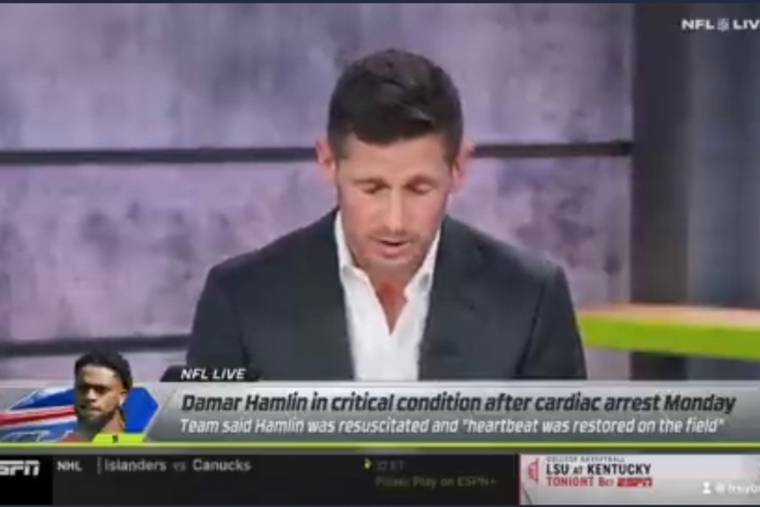A lot of folks in the religious world don’t know quite what to do with the trans movement. The holy writings of the monotheistic religions have nothing that directly address transsexuality, so it’s been a rough go for many clergy. However, Pope Francis has made some strong statements, which journalists seem to have forgotten.
When in doubt, religious authorities have likened it to homosexuality -– about which there is plenty of commentary in biblical writings and the Quran — but the shoe doesn’t completely fit. Nevertheless, media coverage has engaged transexuals as another sexual minority about whom traditional religious believers will eventually see the light and change their doctrines.
What’s ignored are deep questions on the nature of the creation and male- and femaleness being at the basis of one’s being, as opposed to the current “assigned at birth” term that implies that sex is more a social construct than a biological fact. DNA? That isn’t relevant for many.
If you’re going to write a story on religion and the gender wars, you need the theological chops to understand that for the major world religions the division of humanity into two sexes: male and female, goes to the beginning of creation and how this is a non-negotiable for several religions.
A story in the Washington Post that ran several weeks ago — “Transgender or devoutly Christian? An Iowa teen refuses to choose” — ignores that fact and debates about it. It’s also appropriate to ask: Is this a “news story,” a work of “analysis” or an editorial that openly argues one point of view, while ignoring others?
It is about an 18-year-old girl who now calls herself “Sid,” and presents as a boy. As the story opens, Sid and her family are listening to a sermon on YouTube.
People misgendered Sid at work, and teenagers posted mean comments on the TikTok page where he lip-syncs to “Pumped Up Kicks” and other pop songs. Even some of his fellow Christians were becoming more intolerant. Nearly 70 percent of White evangelicals think society has gone too far in accepting trans people, according to data the Pew Research Center released in the summer. That’s up from 61 percent five years ago.
“But Jesus was determined,” the pastor said. “He loves these people that will end up rejecting him. … Let’s have a prayer, shall we?”
Sid closed his eyes. He knew people thought you couldn’t be both Christian and trans, but as the country grew more divided, he found himself growing deeper in his faith. Maybe, he thought, he could do what Jesus had. He could move forward bravely in the face of danger, refuse to stop loving and spread a message of hope.
The story continues in that vein, chronicling the brave teenager who decides she’s trans at the age of 12.
Her family joins a Methodist church a year later. This is where the topic of sexuality, scripture and Christian tradition is openly addressed.










